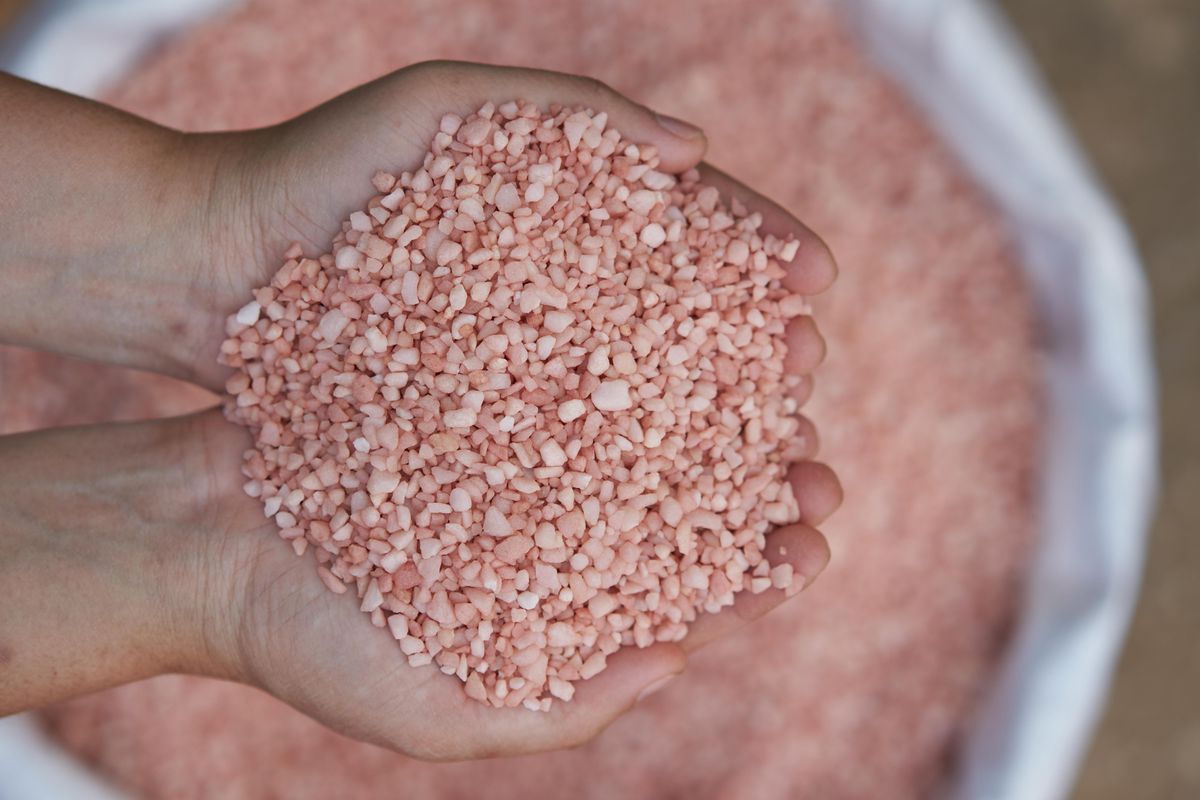Best Potash Stocks on the ASX
Read on to learn more about the top three Australian potash companies on the ASX, ranked by year-to-date gains.

Potash, a potassium-rich salt mineral, is generally used in fertilizers to facilitate the production of crop growth, disease resistance and water retention in plants.
As the world’s population continues to swell, potash will become an increasingly important resource, as it can be used to improve crop yields and maximize global food production. Many potash companies focus on sustainable production, making their work doubly useful in an ever-expanding and globalizing world.
The potash market thrived in 2021, with major players investing billions and its price steadily inclining. The top potash producers worldwide are Canada, Russia and Belarus, but due to the overall market bullishness, potash mining companies from other countries are still strong long-term investments.
Read on to learn more about the top five Australian potash companies on the ASX, ranked by year-to-date gains. All market cap and share price information was obtained on April 19, 2022, from TradingView's stock screener.
South Harz Potash
Year-to-date gain: 31.03 percent; current share price: AU$0.20; market cap: AU$108.98 million
South Harz Potash (ASX:SHP) is an Australia-based potash mining company, with major projects across Central Germany. South Harz plans to capitalize on both global population growth, which is projected to increase by 30 percent by 2050, and the increasing global potash demand, which is projected to rise by 3 percent each year.
Earlier this year, South Harz announced that it would commence drilling on a second hole at its flagship project, Ohmgebirge, a shallow, low-cost and high-yield deposit. The company completed confirmation drilling in mid May.
Kore Potash
Year-to-date gain: 21.05 percent; current share price: AU$0.02; market cap: AU$80.66 million
Kore Potash (ASX:KP2) is a potash mining company based in England and Wales, with projects focused on deposits in the Democratic Republic of Congo. The company’s two major projects are the DX sylvinite project, one of the highest-grade potash projects worldwide, and Kola, the company’s largest-scale project with an estimated 508,000 tonnes of 35.4 percent potassium chloride. Both projects are 97 percent owned by Kore Potash.
Both DX and Kola contain muriate of potash (MOP), which is the most common source of potash fertilizer. The company’s other project, the Dougou deposit, contains carnallite potash, a less common kind of potash fertilizer. All three projects are predicted to produce high quantities of low-cost potash, according to their feasibility studies.
Australian Potash
Year-to-date gain: 17.65 percent; current share price: AU$0.08; market cap: AU$66.08 million
Australian Potash (ASX:APC) owns four sulphate of potash (SOP) projects across the north-eastern Goldfields in Western Australia. Its flagship project, the 100 percent-owned Lake Wells SOP project, plans to use renewable energy sources including solar and wind power to sustainably produce an estimated 170,000 tonnes of SOP per year. The project covers 1,200 square kilometres and has a projected mine life of over 30 years.
As of March 2022, a total of 20 bores had been drilled at Lake Wells SOP project, out of a required 79 bores, meaning that drilling is about 25 percent complete. Additionally, as of the fourth quarter of 2021, the project had pump tested 36 percent of the necessary volume of brine and is well on its way to completion.
Don’t forget to follow us @INN_Australia for real-time updates!
Securities Disclosure: I, Isabel Armiento, currently hold no direct investment interest in any company mentioned in this article.
